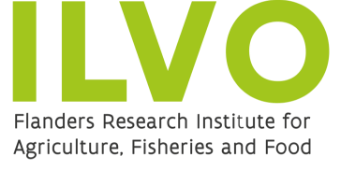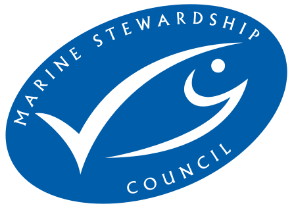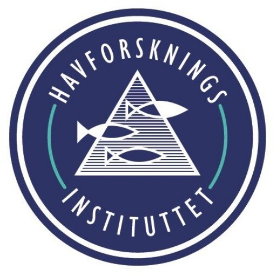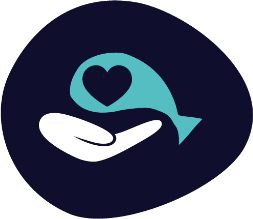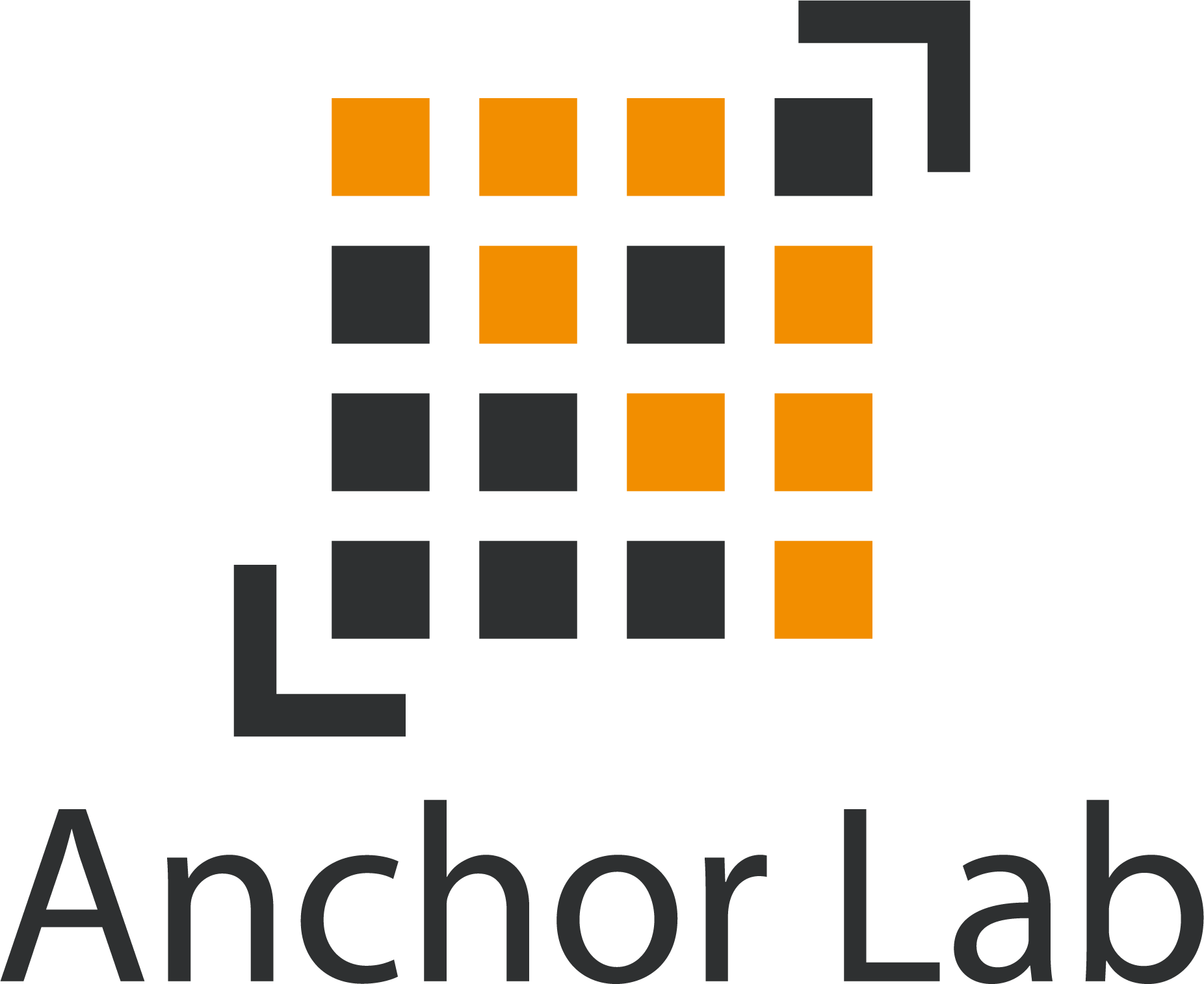WHO ARE WE?
ECO-CATCH brings together a consortium of 15 partners from across the seafood value chain, including fishers organizations and other industry innovators, leading scientists, and market incentives schemes. The project is coordinated by DTU Aqua and funded by the European Union.
We work collaboratively across sectors on innovations that will help fisheries in the Baltic and North Sea to achieve environmental, social, and economic sustainability. We will trial and refine 10 innovative fishing technologies and gears that reduce: bycatch of sensitive species and juvenile fish; and impact on habitats.






